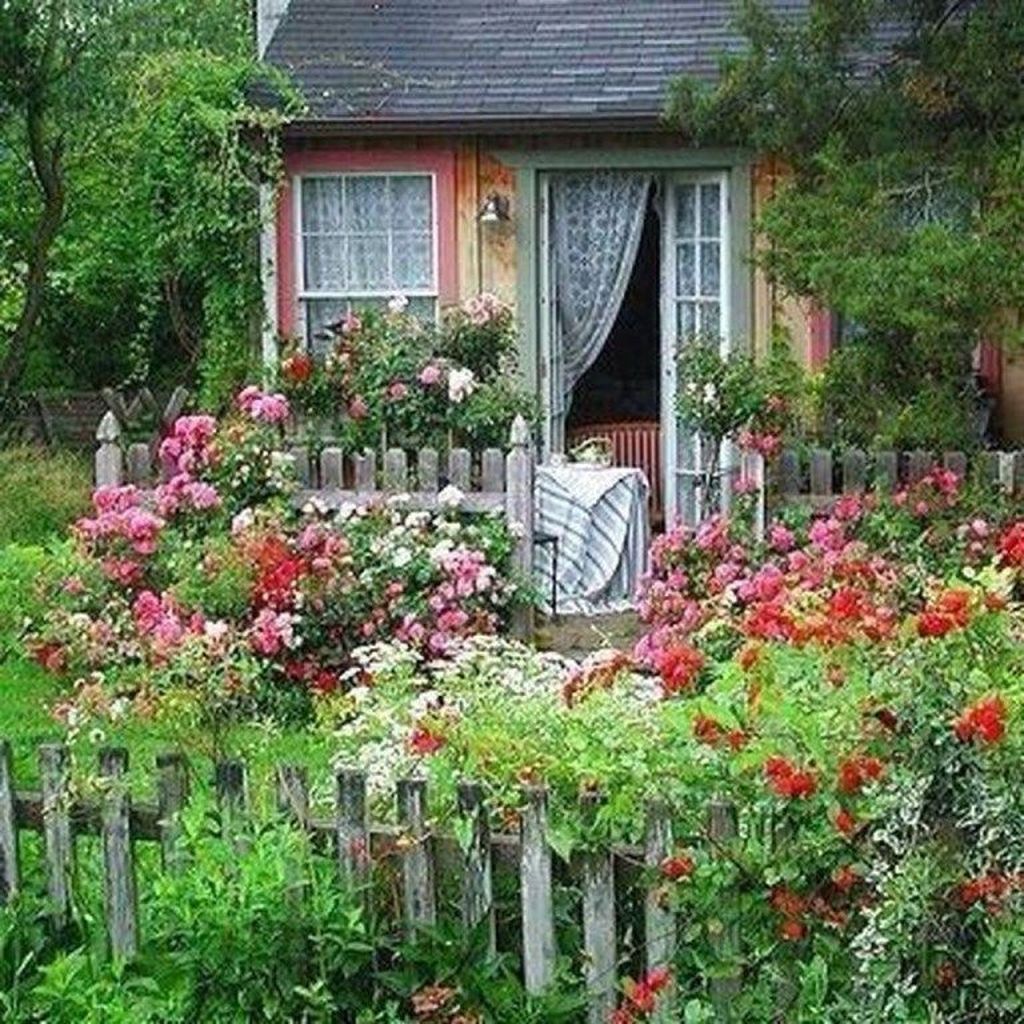Cottage gardens are designed to be casual and carefree. They are supposed to look natural, as if the plants just grew where they wanted to. What lazy gardener doesn’t like that?
Most cottage gardens are in an enclosed area like a backyard or even a front yard. They are usually bordered by a picket fence, although a stone wall is often used and looks good too.
There are only a few rules when making a cottage garden. A cottage garden is surrounded by a picket fence or stone wall, they are casually planted, the flowers grown are predominantly old-fashioned self-seeding varieties, accessories and pathways are made of natural materials, and vintage items are used in unexpected ways.
If you must “plan” your cottage garden, place plants in groups of three or five of a kind. They’ll make more of a statement that way and will eventually grow to resemble one large specimen. Let them cascade onto the paths. Plant everything closer together than in a traditional garden. The look you’re going for is a varied mass of vegetation.
Choose old fashioned types of flowers and old fashioned varieties. Hollyhocks, foxgloves, roses, peonies, daisies, poppies, garden mums, and delphiniums. Plant annuals that self-seed readily, such as marigolds, cosmos, zinnias, annual black-eyed susans, calendulas, sweet alyssum, and moss roses.



































